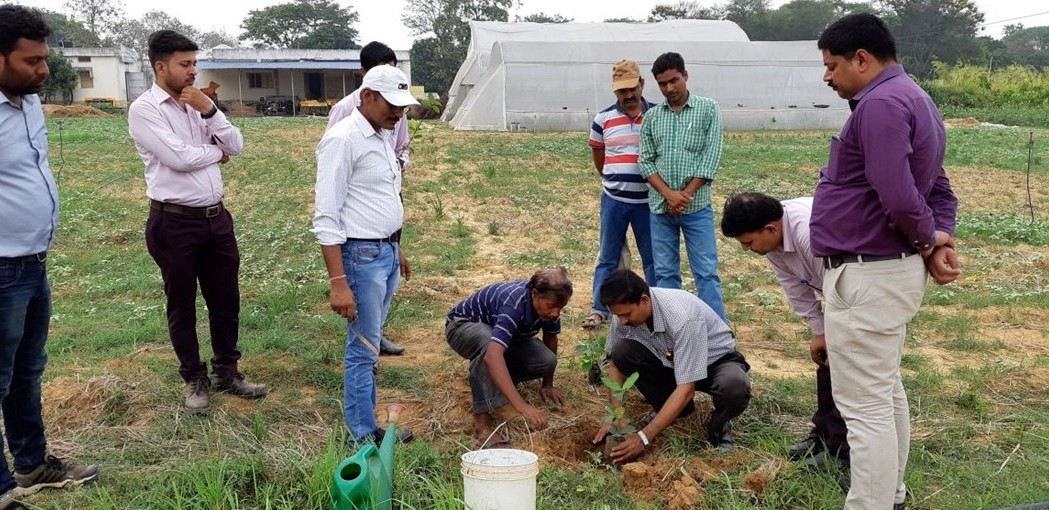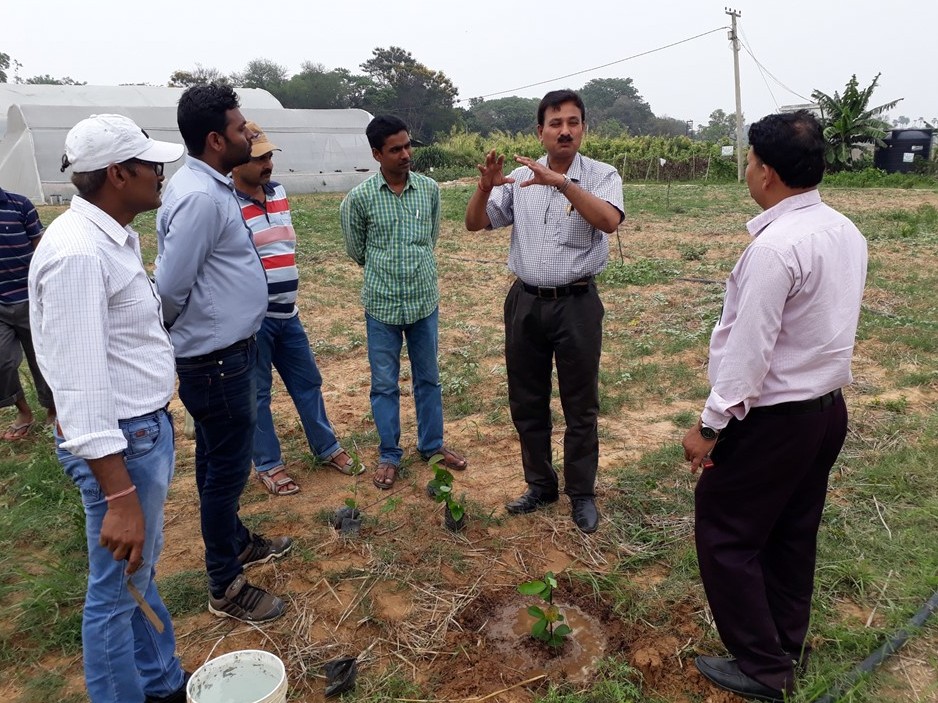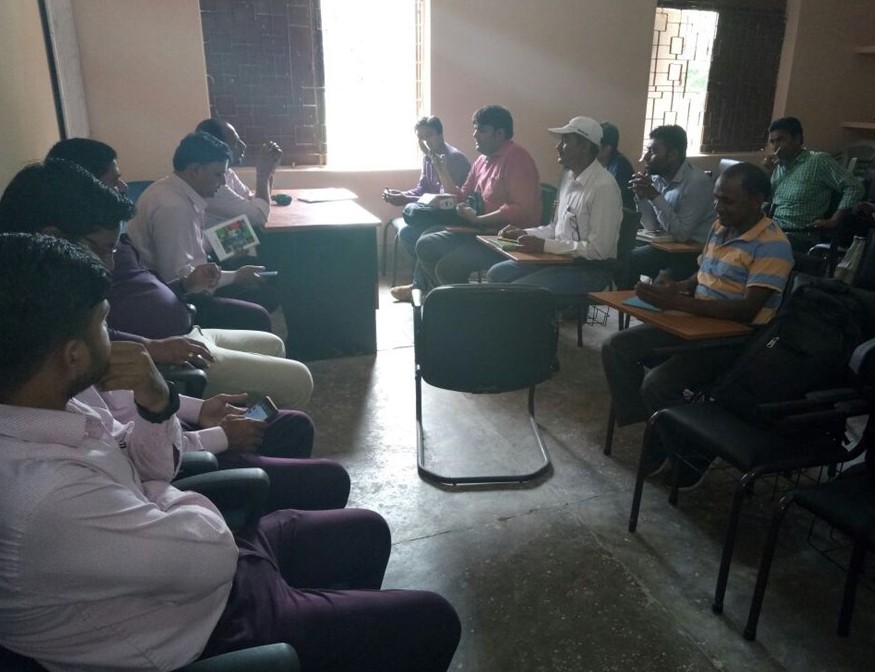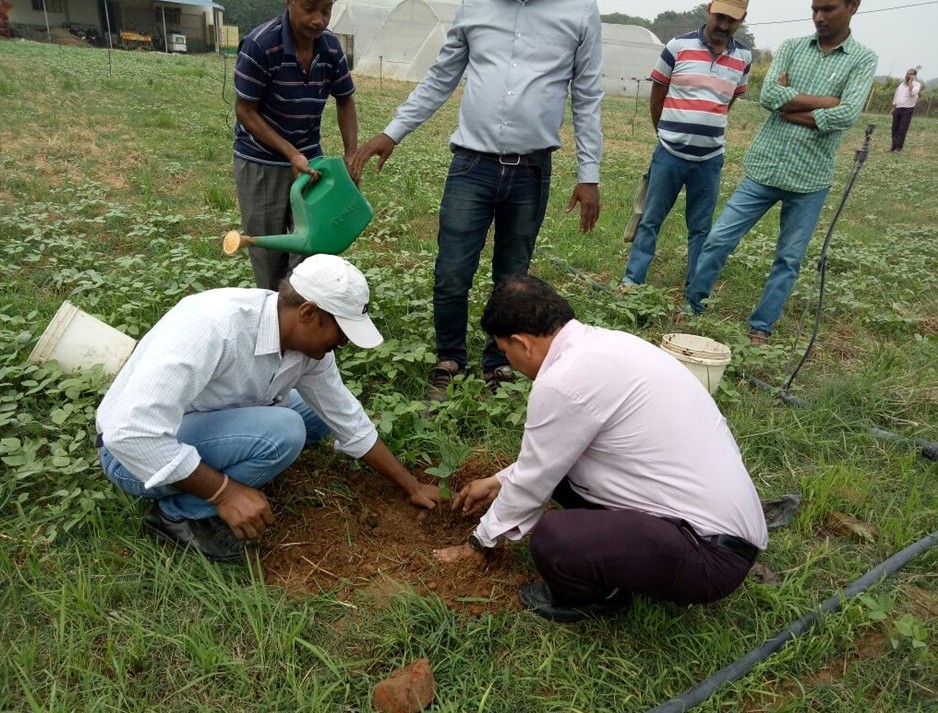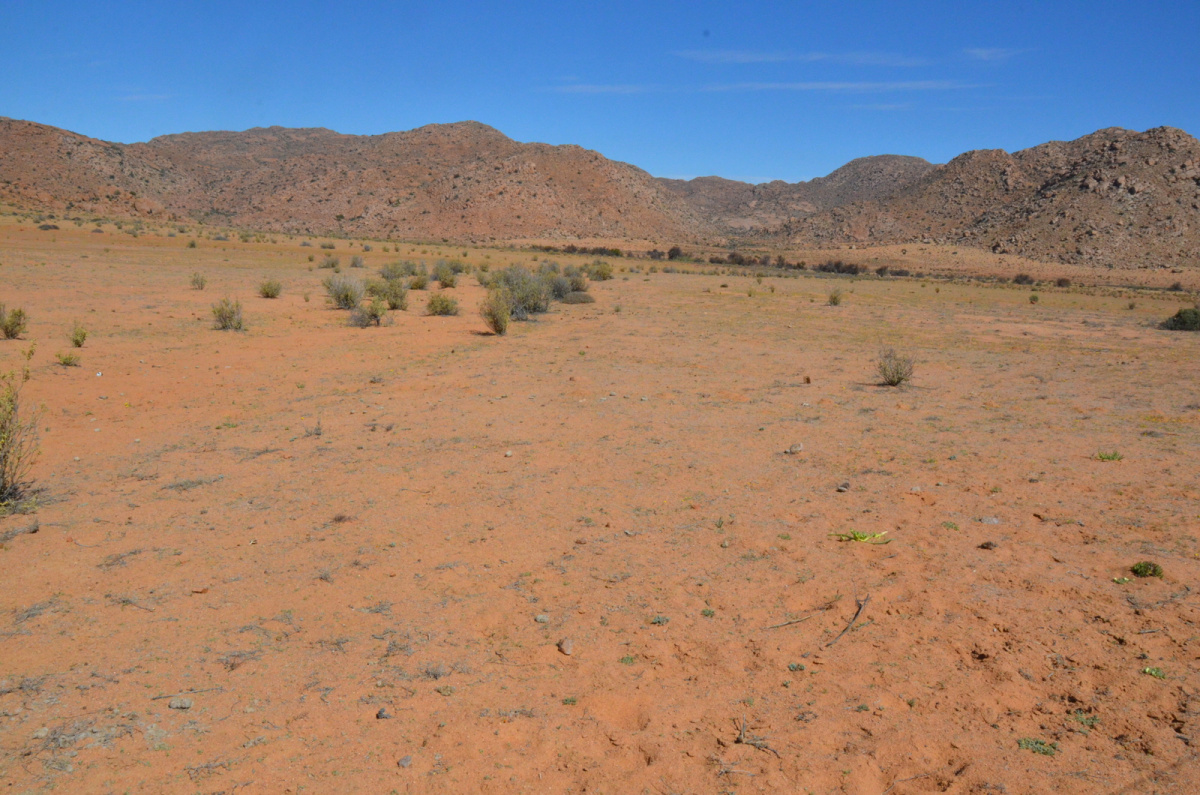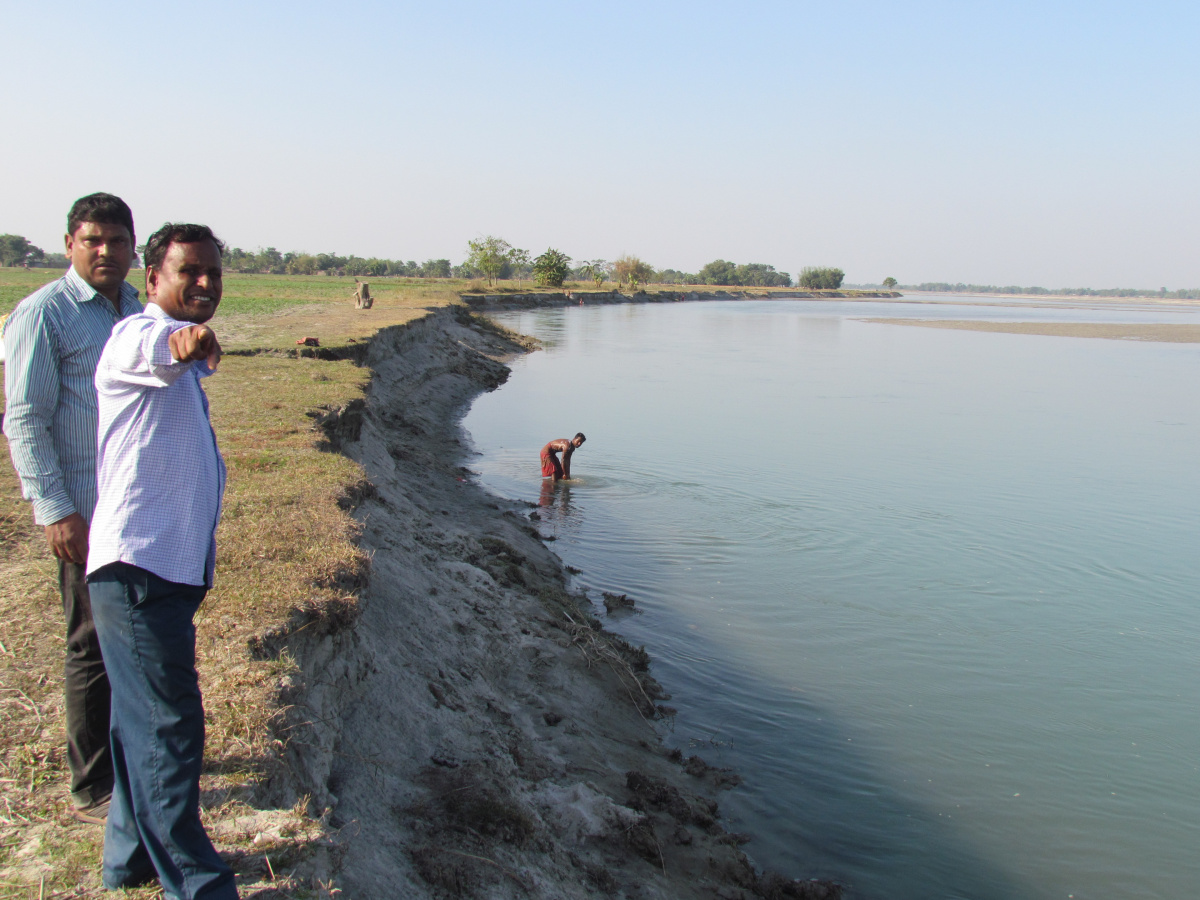IUCN in collaboration with ITC Ltd. celebrates International Day for Biological Diversity (22nd May)
IUCN, International Union for Conservation of Nature, in collaboration with ITC Ltd. celebrated the International Day for Biological Diversity on May 22, 2018 at Munger, Bihar, India. An interactive session on 'Biodiversity for Sustainable Agriscapes' was organised with NGO partners such as Pravah, Gandhi Golden Trust (GGT) and SEWA Bharat, as well as community members. Technical expertise was also provided by the local Krishi Vigyan Kendra (KVK) of the agriculture department.
IUCN India, with support from ITC Ltd. is implementing a project on ‘Sustainable Agriscapes for the Future’ in three clusters of Munger, Bihar. The aim of the project is to prepare a tool-box to promote ‘sustainable agri-landscapes’, which would incorporate ecological and biodiversity concerns while enhancing agriculture and NRM based livelihoods.
As part of this project, IUCN and ITC Ltd. organised an interactive session on 'Biodiversity for Sustainable Agriscapes' with NGO partners and community members in Munger, Bihar, as part of the celebrations of International Day for Biological Diversity which falls on May 22. The day was dedicated to discuss how the biodiversity of the Munger landscape could be enhanced through plantation of different multipurpose plants which would include fruit species, commercial timber species as well as different types of shrubs and grasses. The discussion highlighted the importance of planting diverse species for overall ecosystem health. Strategies on motivating the community to grow diverse trees with their own resources was also discussed.
With IUCN’s technical guidance, ITC’s financial and coordination support, and SEWA’s field mobilisation skills, the project has established an eco-nursery in the Kharagpur block of Munger, where approximately 15,000 saplings of diverse species are being prepared for future plantations. Mr. Asgar Ali spoke of the concept of biodiversity enhancement and its role and importance for maintaining sustainable agriscapes. He emphasised the importance of planting multi-purpose trees (MPTs) as well as shrubs and grasses for enhancing the landscape mosaic. Mr. Ali requested the partner NGOs to identify 2-3 villages each for plantation activities and suggested that proper training and demonstration be organised for the community of each of these villages. He also emphasised the need to identify at least one patch for community gardening in each agriscape which would not only improve the biodiversity of the area but also provide a habitat for a number of pollinators. He advised the partner NGOs to collect locally available seeds of fruit species, shrubs and commercial timber species, in order to form a seed bank. Mr. Ali felt that all organisations had the requisite budget for carrying out these activities and suggested that once the village identification was completed, Mr. Patanjali from IUCN could visit the villages along with the partner NGOs for training the community on planting and maintenance.
Mr. Patanjali Kumar from IUCN carried on the discussion by suggesting that there should be multi-strata close-spacing plantation along water channels or on the common land of the villages. Where farmers feel that plantation (shade) can be harmful for food crops, open-canopy dense low-scrub plantation could also be tried. He said that local farmers were willing to plant trees on the four corners of the field bunds. He suggested that species such as Mahoghany (Swietenia mahagoni), Sagban (Tectona grandis) and Gamhar (Gmelina arborea) could be planted in three corners of the field, while Tamarind (Tamarindus indica) and Ber (Ziziphus spp.) could be planted on the fourth corner. Having diverse plants around the fields will not just provide the provisional ecosystem services such as fuelwood, fodder and fruits, but also provide other beneficial ecosystem services like habitat for birds, pollinators and natural pest predators. This will ultimately favour agriculture and NRM based livelihoods in the villages. He also shared ideas on pollinator corridors/patches, buffer zones and rainbow sections for plantation.
Dr. Mukesh Kumar, Programme Coordinator, KVK Munger appreciated the efforts of IUCN and ITC for enhancing local biodiversity, and agreed to provide his full support towards the initiative. He mentioned that local farmers could collect fruit saplings from KVK.
Mr. Asgar Ali brought the session to an end by explaining the importance of being aligned with the local government line departments. He asked the field partner NGOs to explore the various schemes of these departments which were relevant to the programme. He also suggested that the NGOs could buy some saplings of plants such as Semal (Bombax ceiba), Bel (Aegle marmelos), Jamun (Syzygium cumini) and Kathal (Artocarpus spp) from local vendors at low cost for growing in the nursery.
The day's session was brought to an end with a demonstration by Dr. Mukesh on the correct technique of planting saplings in the field, and all the participants practiced planting guava saplings in the KVK premises under his guidance.
To read more on the sustainable agriscapes project, please click here.
